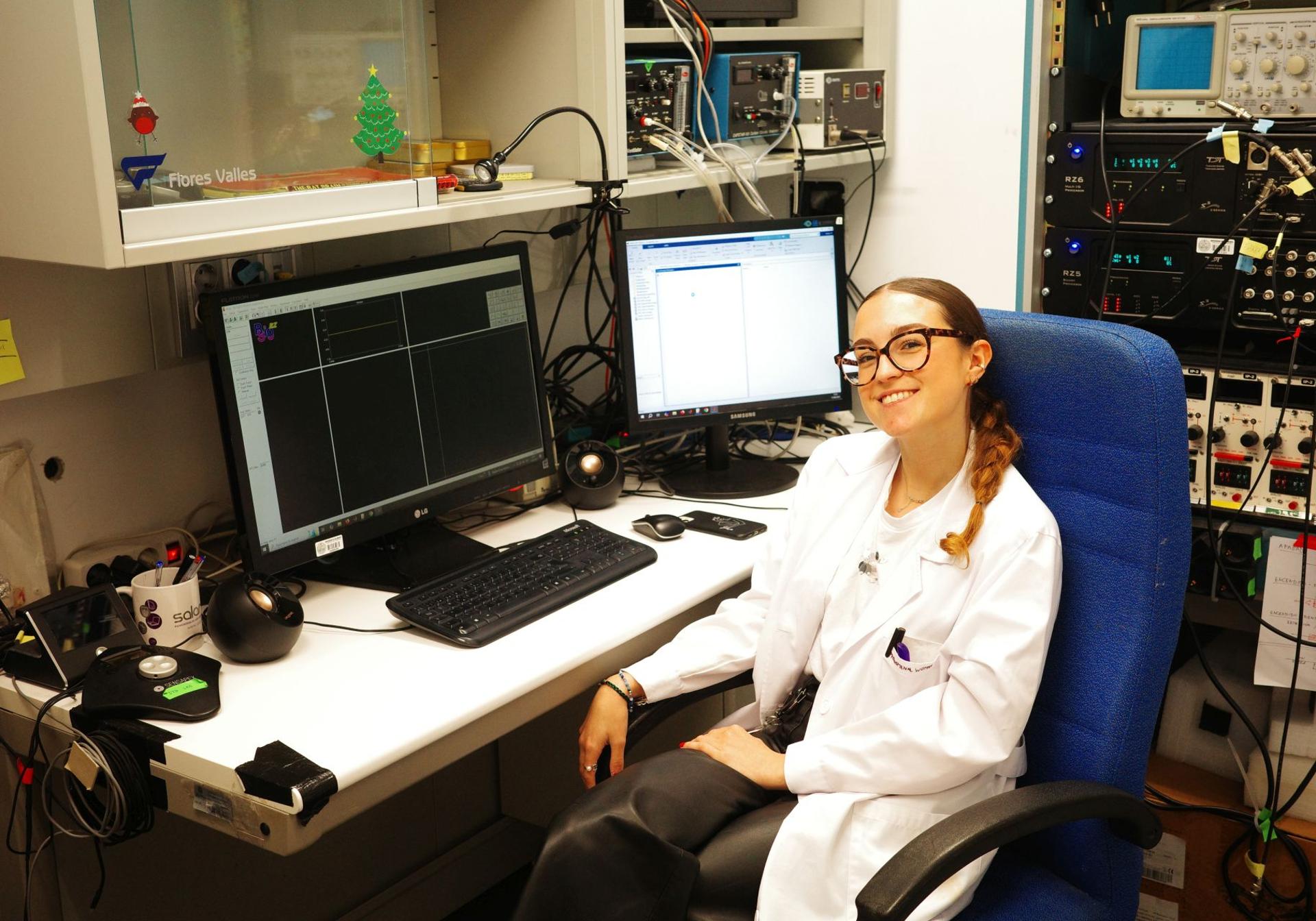Usal researchers revolution in the understanding of the brain and unexpected sounds

How does the brain filter thousands of stimuli that we receive every second? From the five classic senses that Aristotle described to more than thirty it was identified as current science, we are surrounded by sensory information. However, our brain has an essential task: the distinction between the non -relevant link to ensure our survival.
Under this hypothesis, researchers from the Institute of Neuroscience at Castilla Y León (Incy) from Salamana University They have discovered a major mechanism that redefines how the brain detects and inflated responses to unexpected sounds. This conclusion was recently published in cell reports and has “promising effects to treat neurological and psychological diseases such as schizophrenia or Alzheimer’s disease,” as the authors explain to the USAL.
Manuel S. Marsa, a professor of the tissue region and a member of the cell biology and pathology department in USAL, research work in its decrease and the unit of excellence, IBRAINS-Incy, with the participation of researcher Adam Hokli, who was appointed in the frame H. Bohórquez, whose thesis in the DBOCTOROLs program in neurotransmitters.
A predictive coding
To implement the study, scientists from the University of Salamanca depend on the predictive coding, one of the most influential theories of modern neuroscience. According to this approach, the brain does not negatively expect environment information, but it constantly builds internal models to expect what will happen. When there is nothing suitable – like a sudden sound in a quiet environment – the brain determines it as important and generates a more intense response.

This type of response, known as contrast capabilities, is changed in disorders such as schizophrenia, psychosis, or Alzheimer’s disease, which turns his studies into a decisive entrance door for future treatments.
A new way to treat the brain
This discovery is not only reaffirmed the theory of predictive coding, but also opens new views to intervene clinically in the diseases that this system was damaged. The research team also notes, “Understanding mechanisms that modify these predictions can allow, in the future, to design treatments that aim to restore this basic brain function.”

In this sense, thanks to the joint work of the IBRAINS-Inleen, the University of Salamana again became at the forefront of European neuroscience. It must be remembered that the investigation of excellence in Incyl has been recognized par excellence by JUNTA De Castilla Y León to the IBRAINS-IL unit to support 600,000 euros for the improvement program, as part of the recent invitation “Escalera de Excellence”. The aid plan is promoted by the regional government, through the Ministry of Education and is held with the general goal of improving and unifying the scientific environmental system of society.
Institute of Neurology in Castilla Y León
The Incyl mission is to develop high -quality research in neuroscience in order to understand the natural function of the brain and understand the mechanisms that lie behind various neurological and psychological diseases, which are maintained by many cooperation with national and international scientific and medical institutions.
As a major goal, conducting studies in the field of neuroscience to improve the understanding of neurological diseases and finding new treatments and treatments for these diseases. Incyl contains a multidisciplinary team of researchers from various fields, including neural biology, psychology, physiology, medicine, and others.
IBRAINS-inl
The IBRAINS-Inyl Unit depends on the joint effort of the entire Incy Research Society. This scientific project is led by reference researchers who work as a guarantor of excellence and encourage a multidisciplinary, cooperative and innovative research model. His work allows to address great scientific challenges in neuroscience and enhance the main developments of the brain and its diseases.
Manuel S. Marsa, in addition to the performance of the administrative tasks of the unit, is responsible for the research line in “cognitive and auditory neuroscience”, which focuses on the study of the auditory brain and nervous adaptation mechanisms. Investigating Negity Matatch (MMN), which has been changed in medicine and psychiatric diseases, and the effect of auditory training.



